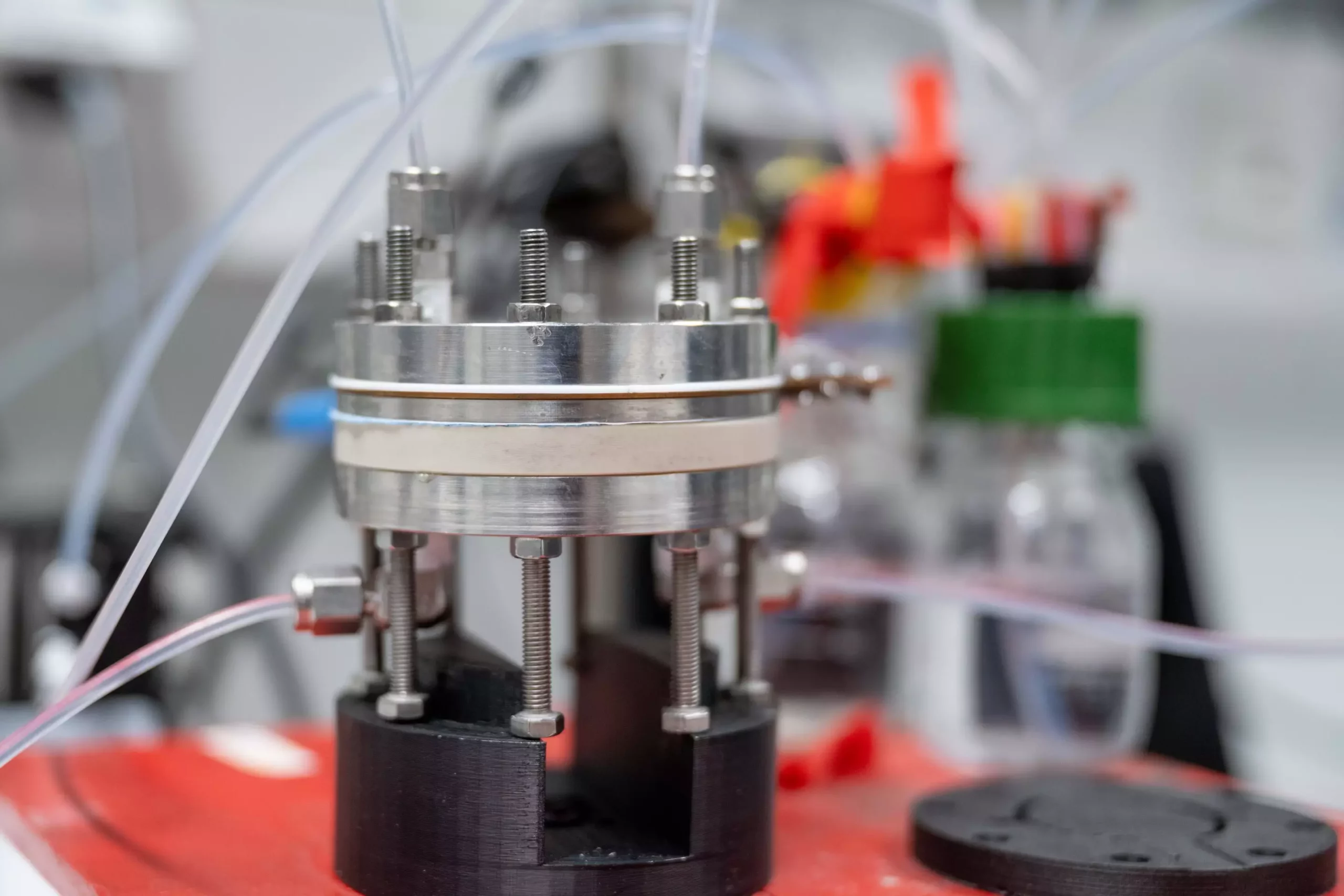Research groups worldwide are actively working on developing technologies to convert carbon dioxide (CO2) into valuable raw materials for industrial applications. One of the crucial areas of research is the exploration of electrocatalysts, which can facilitate the conversion process. While most experiments have been conducted using heterogeneous electrocatalysts, there is increasing interest in homogeneous electrocatalysis due to its superior efficiency and selectivity. However, until now, there have been limited opportunities to test homogeneous catalysts under real-world industrial conditions. A recent study conducted by a team headed by Kevinjeorjios Pellumbi and Professor Ulf-Peter Apfel from Ruhr University Bochum and the Fraunhofer Institute for Environmental, Safety and Energy Technology UMSICHT in Oberhausen has addressed this gap in knowledge. This article aims to analyze their findings and shed light on the future prospects of homogeneous electrocatalysis in CO2 conversion.
The Research Process
In collaboration with Professor Wolfgang Schöfberger from the Johannes Kepler University Linz and researchers from the Fritz Haber Institute in Berlin, the team led by Ulf-Peter Apfel explored the conversion of CO2 using electrocatalysis. The process involves the supply of electrical energy from a voltage source, which is fed into the reaction system through electrodes and drives the chemical conversions at the electrodes. Homogeneous electrocatalysis typically involves the use of dissolved metal complexes as catalysts. In this study, the researchers integrated metal complex catalysts into the electrode surface without chemical bonding. Their aim was to demonstrate the feasibility and efficiency of homogeneous catalysts in CO2 conversion.
Throughout their experiments, the researchers observed significant success in converting CO2 using their electrocatalytic system. The system achieved current densities of over 300 milliamperes per square centimeter, indicating the high efficiency of the catalysts. Additionally, the system remained stable for more than 100 hours without any signs of decay. These findings highlight the potential of homogeneous catalysts for use in electrolysis cells, where CO2 conversion can take place efficiently and reliably.
One crucial aspect emphasized by Ulf-Peter Apfel is the requirement for a specific electrode composition when utilizing homogeneous catalysts. The electrodes must enable direct gas conversion without the presence of solvents. This ensures that the catalyst remains intact and does not leach from the electrode surface. Contrary to previously described approaches in the literature, there is no need for a carrier material to chemically couple the catalyst to the electrode surface. This novel understanding of electrode composition opens up new possibilities for testing and integrating highly efficient and adaptable homogeneous electrocatalysts in various electrochemical processes.
The Implications and Future Prospects
The successful implementation of these homogeneous catalysts in CO2 conversion presents promising implications for the future. The ability to efficiently convert CO2 into valuable carbon monoxide, a common starting material in the chemical industry, has significant potential for reducing environmental harm and transforming CO2 into a useful resource. Furthermore, the stability demonstrated by the system over 100 hours signifies the long-term viability of homogeneous electrocatalysis in industrial applications.
The findings of this study not only contribute to the development of efficient CO2 conversion technologies but also pave the way for further advancements in homogeneous electrocatalysis. Researchers can now explore and test a range of high-performance and easily adaptable catalysts in real-world scenarios, allowing for the optimization of electrochemical processes.
The study conducted by Kevinjeorjios Pellumbi, Professor Ulf-Peter Apfel, and their team has successfully filled a crucial knowledge gap in homogeneous electrocatalysis for CO2 conversion. Their innovative approach of integrating metal complex catalysts into the electrode surface without chemical bonding has yielded excellent results in terms of efficiency and stability. These findings open up new avenues for exploring the potential of homogeneous electrocatalysts and their application in various electrochemical processes. With the ongoing research and development in this field, the future of carbon dioxide conversion looks promising, bringing us one step closer to a sustainable and resourceful world.


Leave a Reply